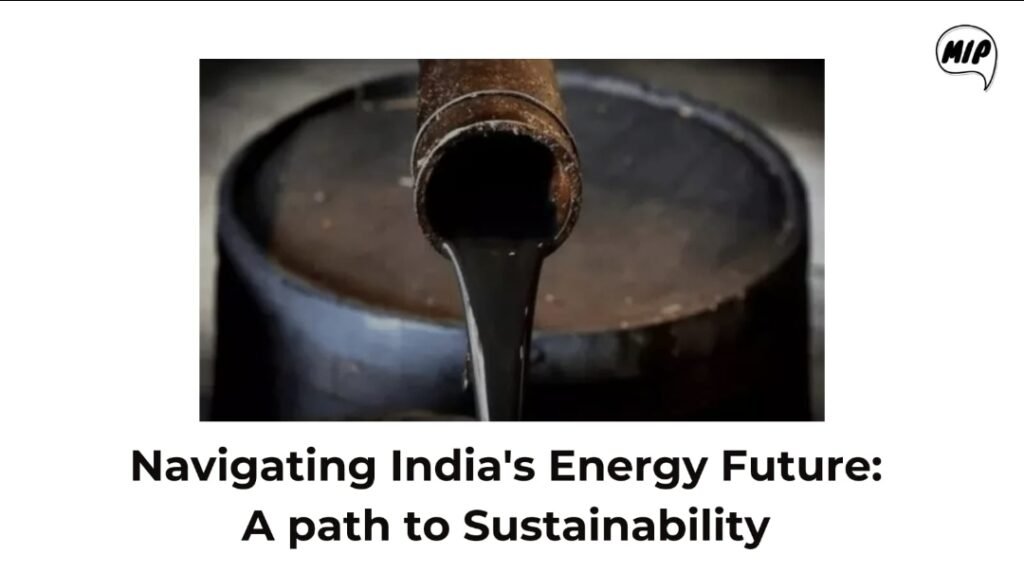
In the realm of international crude prices, the adage “It never rains, but pours!” holds true. With a staggering 29% surge in the third quarter of 2023, the dated Brent price looms around $90/barrel, threatening to breach the $100/barrel mark if the Israel-Hamas conflict escalates.
This, coupled with soaring oil tanker freight and war insurance costs, paints a grim picture for India, the world’s third-largest crude importer and consumer.Official data for 2022-23 paints a troubling picture: petroleum product consumption escalated by 10.2%, driven by a 13.4% surge in petrol, 12% in diesel, and a staggering 47% in aviation turbine fuel.
Despite a 1.7% drop in domestic production, India’s dependence on imported crude skyrocketed to 87.8%, resulting in a $158 billion annual crude import bill, a 31% increase from the previous year, despite discounted Russian supplies.In volume terms, crude imports surged by 9.4% to 232.4 million metric tonnes.
While petroleum product production grew by 4.8%, imports rose by 11.7%, offset by a 4.1% decrease in exports, partly due to the low base effect during the 2021-22 second Covid-19 wave. The scenario was marginally brighter in natural gas/LNG, where India achieved nearly 50% self-reliance amidst falling global prices.
However, coal, vital for two-thirds of India’s thermal power generation, outpaced domestic production. Demand in FY23 soared to 1,087 million metric tonnes, a 5.7% increase from the previous year. Despite a 14.7% growth in India’s coal production, imports surged by 22% to 254 million metric tonnes.Economic growth and climate changes continue to elevate power demand. Despite India’s growth in renewable energy capacity, reliance on coal-based power persists due to various constraints, leading to what is termed “energy poverty.”An average Indian consumes only half the power of their global counterpart, a gap expected to widen with population growth, urban migration, and increased consumption.
To address this challenge and promote sustainability, a comprehensive approach is imperative. India must accelerate existing initiatives such as LED bulbs, solar, wind, and biofuel energy, alongside promoting more efficient thermal plants, electric vehicles, green hydrogen, and eco-friendly mass transit options.
Furthermore, a robust diplomatic effort is essential. India should foster energy partnerships with fossil fuel-rich nations, investing in cross-investments, long-term deals, and strategic reserves. Allocating funds for acquiring energy-related assets abroad, including fossil fuels and rare minerals, is crucial. Above all, India must prioritize energy self-sufficiency, particularly in fossil fuels. Such an approach not only liberates the nation from the unpredictable global energy market but also opens avenues for sustained economic growth, paving the way for a greener and more secure future